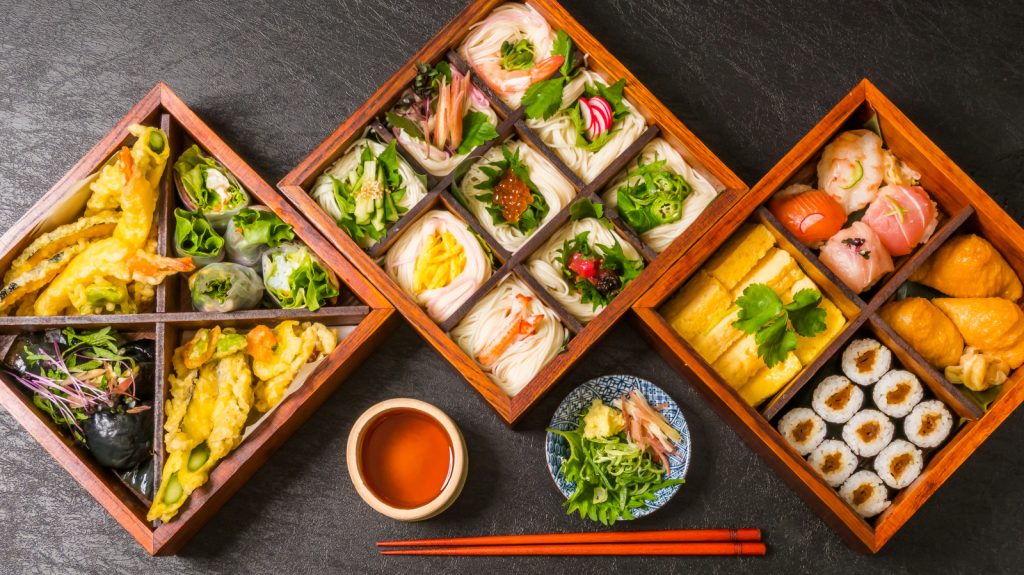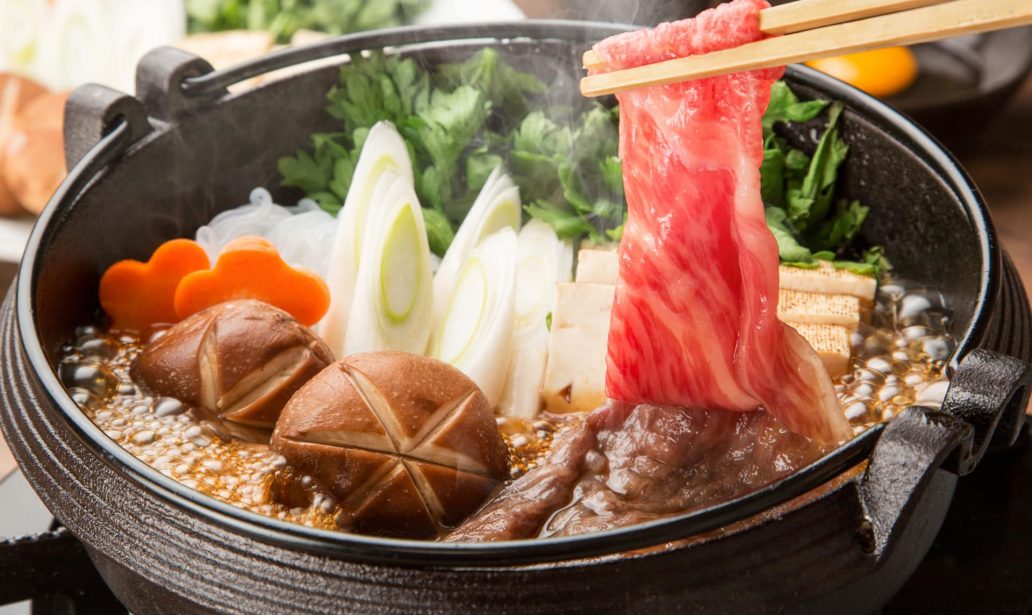If you’ve never visited a Japanese supermarket before, you’ll be in for a treat. There are a variety of different types of food available at most supermarkets, and most of them feature organic products. You can also purchase items that have been certified as organic by looking for the green leaf symbol or JAS Ren Ding. The easiest places to buy food in Japan are convenience stores and the meat and seafood department of department stores.
If you’re looking for something to drink while you’re in Japan, you’ll want to check out a Japanese food store. Some of the most popular Japanese foods are available in supermarkets, including sushi and bento boxes. Other options include supermarkets in Tokyo, Osaka, and Hiroshima. The food floor at both Takashimaya and Seibu is an excellent place to buy Japanese snacks and food. These stores are packed with people coming home from work, so you’ll have to plan ahead.
Another great way to experience the Japanese culture is to visit a Japanese convenience store

These stores carry a variety of prepared foods and takeout items. Fresh foods are also sold in convenience stores, including onigiri, ready-to-eat salads, and cold cuts. You can even find hot foods near the register. These include chicken and french fries. If you’re not hungry right then, you can prepare a bento box using a microwave. They also have a hot water dispenser.
While the Japanese language is not terribly difficult to learn, you should keep a few things in mind when shopping in Japanese supermarkets. One of the biggest challenges you’ll face when shopping in Japan is the language barrier. When you’re new to the language, you’ll have to learn about the local dialect and kanji terms. Once you’ve conquered these hurdles, you’ll find yourself surrounded by Japanese-style food and drink.
Despite the numerous varieties of food in Japan, it’s best to stick to the traditional foods
While most restaurants and hostels have a limited selection of ingredients, it’s important to stock up on basics. For example, rice is the most common grain in Japan, and Japanese noodles are commonly sold without any labels. If you’re unfamiliar with the language, you can ask the locals to translate the menu for you. If you’re not sure what you’re looking for, you can always order food and drink from a local store.
In Japan, food stores tend to specialize in specific types of foods. Among these is shochu, a fermented rice beverage. This type of liquor is called nihonshu in the West. Unlike its American counterpart, shochu is a distilled alcohol made from potatoes and starchy vegetables. It is not uncommon to see a Japanese holiday celebration in the middle of a Japanese food store, and it’s no different for the food industry in Japan.
